FORT POLK, La. -- When it comes to history, things often come full circle. Fort Polk was home to Tigerland, an advanced infantry training center during the Vietnam War, from 1962-1973. This period of Fort Polk's history was recounted in the 2004 movie "Tigerland" starring Colin Farrell.
When the 162nd Infantry Brigade began training combat advisors for Iraq and Afghanistan last year, they took on the name "The Tiger Brigade" in homage to the Tigerland period. The unit added a cosmetic element to the historical tie April 21 when two arches were erected, one on each end of the 162nd area on North Fort Polk. The arches, which proclaim to visitors that they are entering Tigerland, are full-scale replicas of signs that were in place during the Vietnam era.
The arches are 18 feet high and span the roads which lead into the cantonment area.
Sgt. 1st Class Jeffrey Hammack and Sgt. 1st Class Kenneth Loyd, 162nd Infantry Brigade, headed the effort to place the arches.
"My uncles were here in the '60s during Tigerland," Loyd said. "This is an historical event for me." Loyd is from Shreveport, has family in the Fort Polk area and remembers seeing the original Tigerland arches when he first came to Fort Polk in 1991. "This is where I started my military career and where I'm retiring in November. I take pride in my unit and this project," he said. "This is history. It's a great thing that these arches will be here forever. I can say that I was a part of something important.
"When I told my uncles about the project they said I should consider it a great honor," Loyd said. "It brings a lot of memories back for the veterans around here."
The Tiger Brigade enlisted the help of the 814th Multirole Bridge Company, 46th Engineer Battalion, 1st Maneuver Enhancement Brigade in raising the arches. "This is no trouble for the 814th," said Sgt. Fallon Jeffers, 814th. "We're usually helping somebody out - we're the only unit on Fort Polk with an operational crane."
Jeffers also has a personal connection to the project. "My dad and two of my uncles came through Tigerland," he said. "It's nifty that Fort Polk is bringing back a bit of history. My uncles didn't make it back from Vietnam, but my dad did two tours. He was excited to hear about the project."
John Enos, a nurse at Bayne-Jones Army Community Hospital, trained at Tigerland in 1972. "When I heard they were bringing back Tigerland I got big flashbacks," he said. "I remember when I was coming through advanced infantry training, North Fort Polk was busy. It was tough back in those days." Enos recounted the differences in the Army when he first joined. Soldiers conducted physical training wearing boots. "The Army was a lot stricter than it is now," he said.
"My barracks was right across the street from a theater. I never did get to go to the theater." North Fort Polk looks a lot different than it did during the Tigerland era - nearly all of the World War II barracks are gone. "I remember doing firewatch in the old wooden billets," Enos said. "It gives me chills just talking about it."
Ron Applewhite, Directorate of Contracting, was a basic training drill sergeant at Fort Polk from 1971-76. Though he wasn't a part of the Tigerland operation, he recalls the Vietnam era. "Things tend to come full circle," he said. "Things look different on North Fort Polk than they did years ago, but it's active again." Applewhite, like Enos, still has a vivid connection to the bygone time.
"I can still picture the companies marching up and down the roads going to ranges," he said. "They marched just about everywhere."
A lot of things change in the military, but some aspects of Army life are timeless. Applewhite's advice to Soldiers today is the same as the admonition he gave his basic trainees in the '70s: "Three things will make you successful in the Army: 1. Be where you're supposed to be. 2. Be there on time. 3. Follow orders."
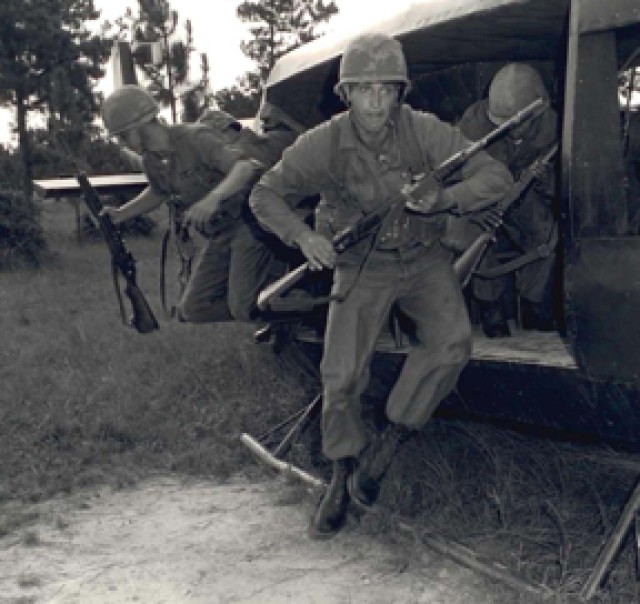

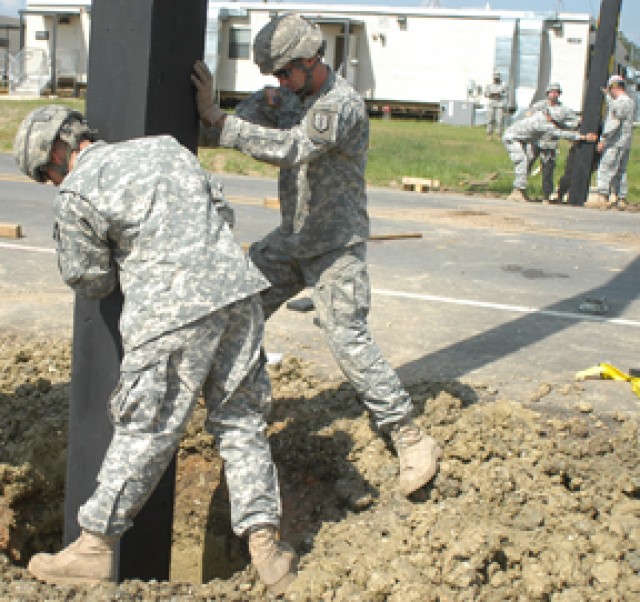


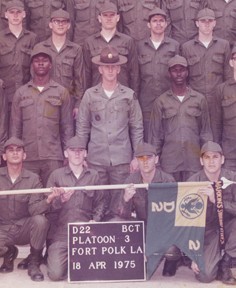
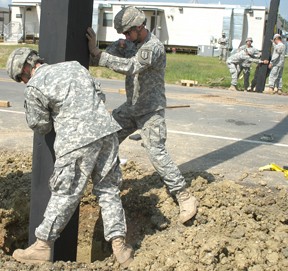
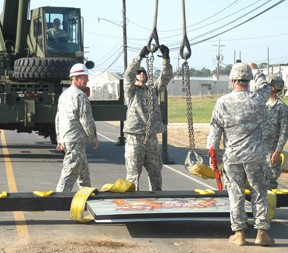
Social Sharing